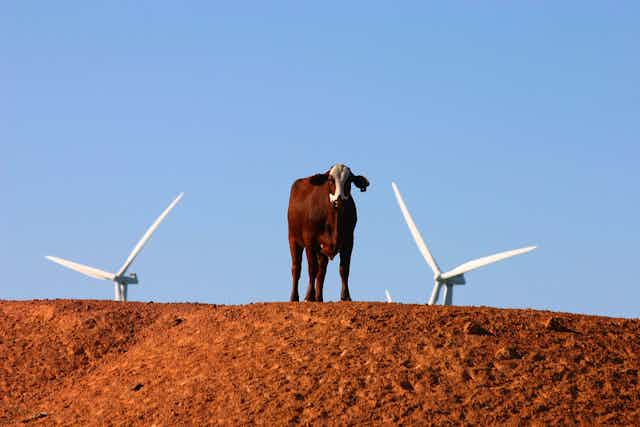The government has been plagued by animal welfare problems over the last two years. The biggest issue so far has been the mistreatment of our livestock overseas.
Most recently, two shipments of sheep to the Middle East were left stranded - they couldn’t unload because too many sheep had scabby mouth. Another issue that has recently come to light is the ammonia that accumulates in the animals’ quarters onboard ship, irritating their nose, throat and eyes and leading to pulmonary inflammation and weight loss.
The problems are not confined to Australia - last week the live export of sheep from Ramsgate, England, to the continent was suspended because of welfare problems.
The welfare and conservation impact of fisheries bycatch during large-scale trawling has recently been prominently discussed. In this case the government has acted decisively: it is tempting to believe that conservation issues have more impact than animal welfare ones.
The cost of acting is high
The animal welfare problems the Federal Government has faced are matched by environmental issues that are at least as significant, including the carbon tax and home insulation. Together the prominence of animal and environment issues demonstrates a problem with our current system of government in Australia: short-term government cycles mean long-term problems are difficult to address.

This government came to power promising to overhaul the live export trade, a guaranteed vote winner as most members of the community are against the trade. The public response to the revelations about cattle slaughter in Indonesia was extreme pity for the cattle. However, it seems that when in power, the government decided the economic and social cost of a thorough overhaul was too high.
The high cost of addressing live export issues - to Australia’s livestock producers, to the exporting industry and even to the consumers overseas - means that the government has predictably recoiled from addressing them in a comprehensive way. (It has attempted to ensure traceability of Australian livestock overseas and sent teams to recipient countries to try to persuade them to manage animals better.)
Revising the Australian Standards for Export of Livestock - a task the government has just started working on with RSPCA - could improve animal welfare, but there is little published research for evidence-based standards.
New technologies efficient, but dehumanising
These animal welfare problems would not be emerging had it not been for the increasing industrialisation of the way we use animals and their environment. We can transport 100,000 animals half way around the world with losses only slightly greater than if they had stayed in Australia. We can rear animals in superfactories with minimal loss, and harvest fish in vast hauls with supertrawlers.
These new technologies are economically viable and very efficient in use of human labour. But they pose significant ethical questions because the animals are just a commodity, a unit in the production line. The public are regularly being alerted to the issues by activist groups, which have an increasingly important role in society. The issues are not just about the use and abuse of animals; there are major environmental implications as well.

Building an agricultural system that supports welfare
Australia’s livestock producing regions should be steered towards a sustainable system of food production that will meet the needs of people in this part of the world during the 21st century. Australia’s population is expanding and will continue to do so. We will need more home-grown production. World food demand is also increasing rapidly, requiring efficient use of land for food production.
One possibility to improve the sustainability of our production systems is a more widespread adoption of agroforestry systems. These combine trees - which capture and utilise carbon, water and soil nutrients efficiently - with crops or animals. These benefit from the trees’ microclimate, the reduction in disease and resistance to drought. Agroforestry systems are biologically more efficient than separated forestry and crop/animal systems.
Other technologies that must be considered for Australian agriculture include minimal till crop production and organic farming. These focus on maintaining a healthy soil and a biologicaly efficient production system, through recycling and without the use of exogenous chemicals.
Taking the long-term view
Bob Brown recently proposed a global government. This could go some way towards a more universal responsibility towards people and animals, but it has its difficulties. Would people vote to secure the future of poverty-stricken Africans and their animals, for example, if it was at the expense of their own wellbeing? The transfer of some governmental responsibilities from a national to a continental level has not been particularly successful in Europe.

By contrast, lengthening the cycles of Australian government to five years would enable much more to be done to address long-term problems. It would diminish the tedious and destructive bickering between the two major parties, which furiously vie for power over 2.5 year cycles.
The animal welfare issues that have characterised the Gillard government, with activist groups exposing major ethical issues and government attempting to shore up the status quo with short term fixes, typify the dilemma that we all individually find ourselves in. We know about the long-term problems but act in our own current interests. We need a lot of persuading to sacrifice our own standard of living for the benefit of others.
We may argue that we’re not ready to make the change, but it’s easy to put off until tomorrow what should be done today.

